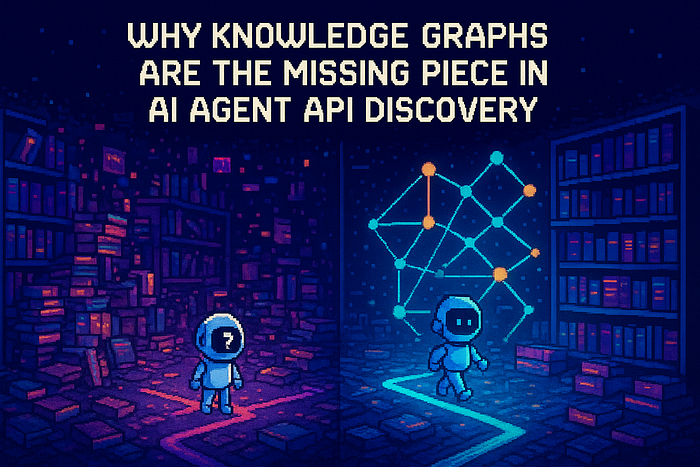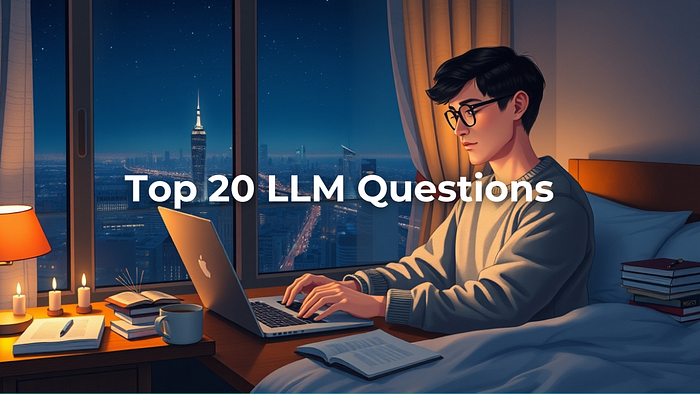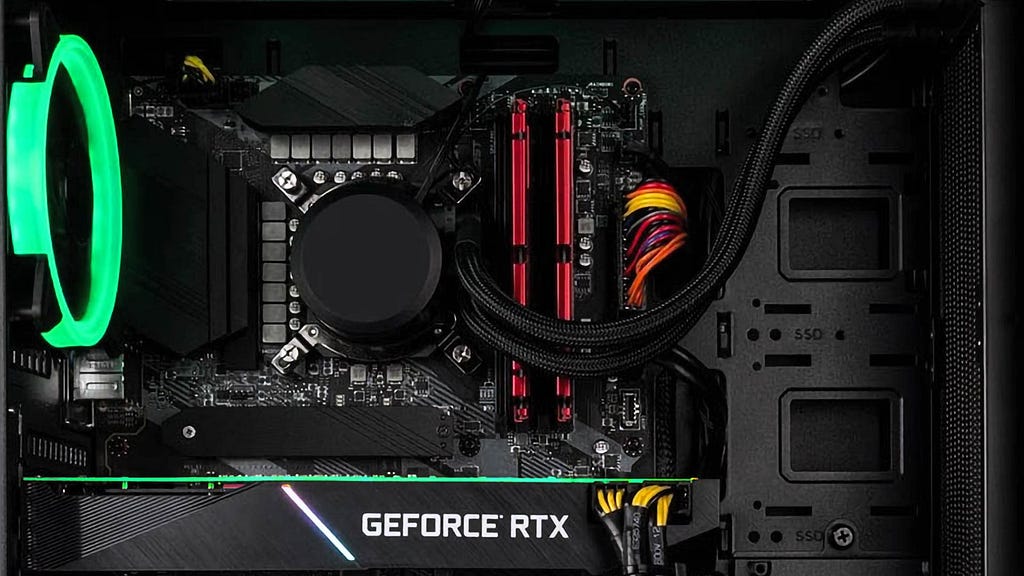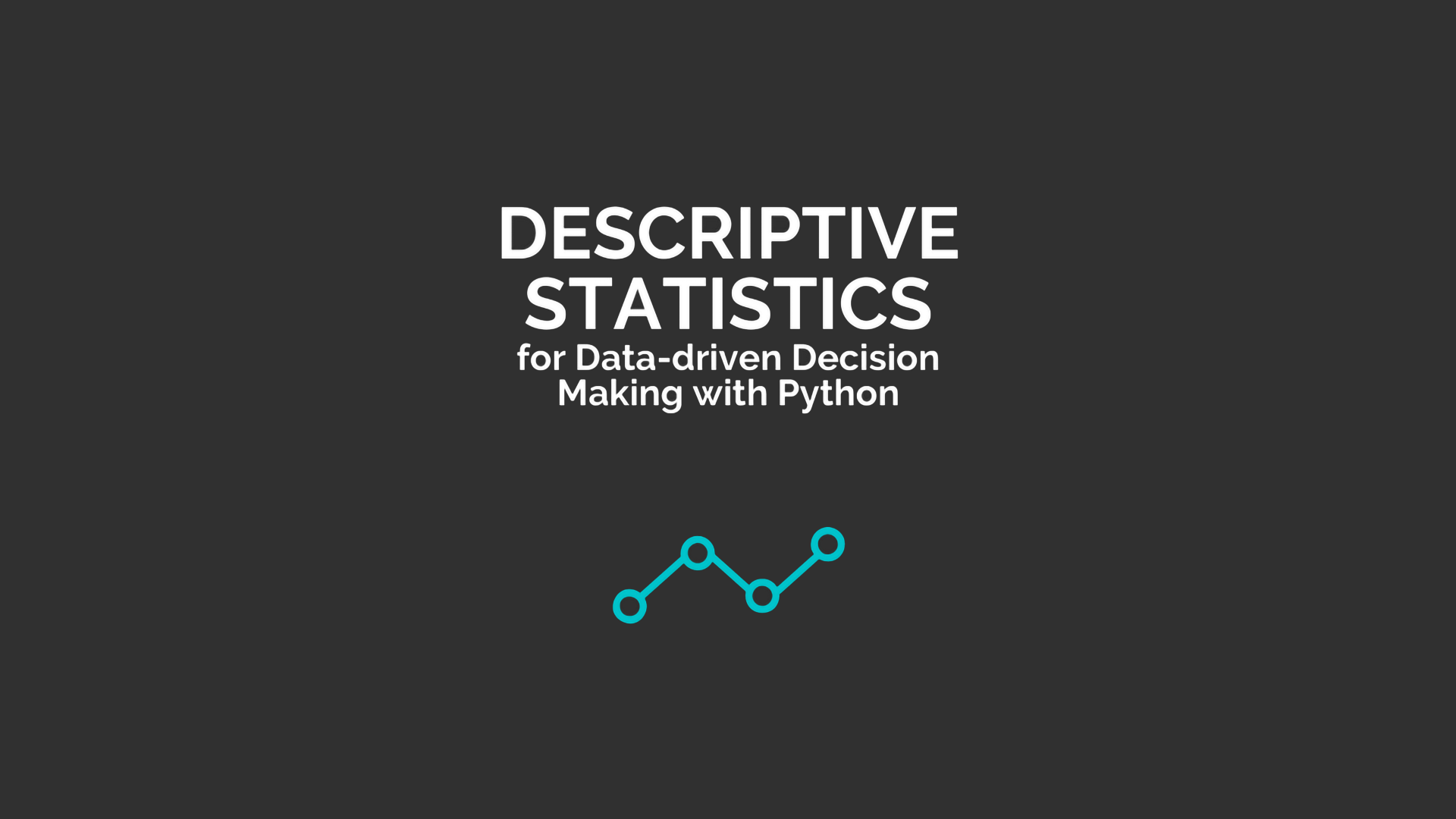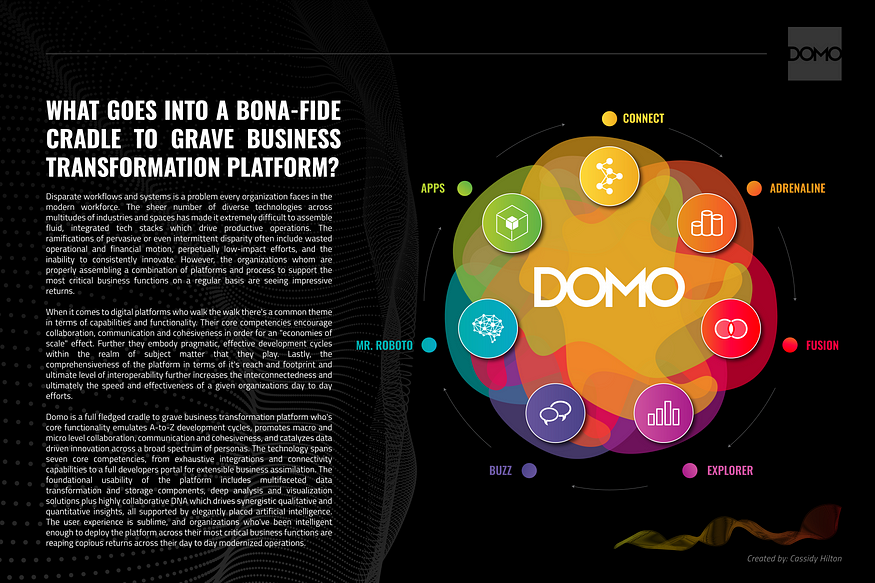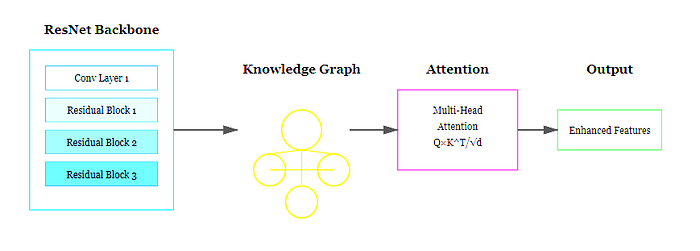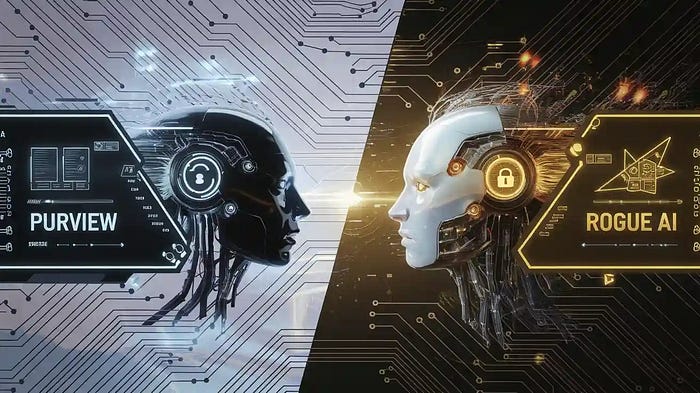
Clone Your Voice For Free Locally!
Last Updated on August 29, 2025 by Editorial Team
Author(s): Ishaan Gupta
Originally published on Towards AI.
Clone your voice using openaudio’s S1 mini model on GPU cloud.
You’ve read about OpenAudio S1’s impressive capabilities in my previous article; if not, then check it out using the link below.

This article guides you through setting up OpenAudio S1 on an AWS GPU instance to clone your voice. It covers the necessary configurations, including instance setup on AWS, connecting through SSH, and installing required dependencies for GPU acceleration. Additionally, it explains how to access the model after requesting permission from Hugging Face, downloading it, verifying the configuration, and launching a web interface for voice synthesis. The article encourages experimentation with parameters and emotional tones in voice generation, concluding with encouragement to explore advanced features.
Read the full blog for free on Medium.
Join thousands of data leaders on the AI newsletter. Join over 80,000 subscribers and keep up to date with the latest developments in AI. From research to projects and ideas. If you are building an AI startup, an AI-related product, or a service, we invite you to consider becoming a sponsor.
Published via Towards AI
Take our 90+ lesson From Beginner to Advanced LLM Developer Certification: From choosing a project to deploying a working product this is the most comprehensive and practical LLM course out there!
Towards AI has published Building LLMs for Production—our 470+ page guide to mastering LLMs with practical projects and expert insights!

Discover Your Dream AI Career at Towards AI Jobs
Towards AI has built a jobs board tailored specifically to Machine Learning and Data Science Jobs and Skills. Our software searches for live AI jobs each hour, labels and categorises them and makes them easily searchable. Explore over 40,000 live jobs today with Towards AI Jobs!
Note: Content contains the views of the contributing authors and not Towards AI.



